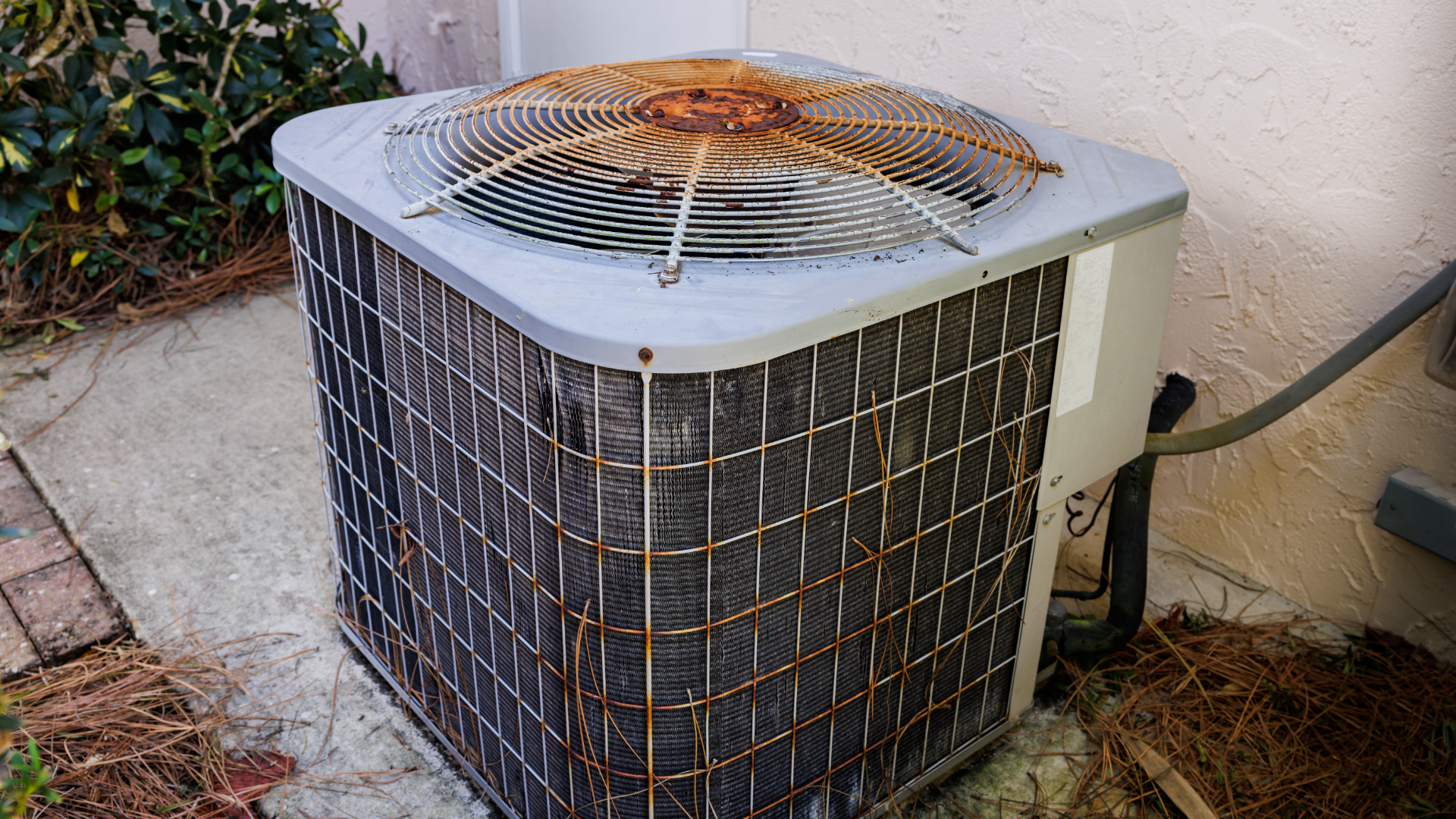We may earn a commission from links on this page.
Pretty much wherever you live, it’s probably hotter than it used to be. Last year was the hottest on record, and most of the country’s major cities have experienced an increase in the heat index and days with temperatures of 90 degrees or higher.
If you have central air conditioning or a mini-split system in your house, you’re probably dealing with the heat pretty well. But if your heating, ventilation, and air conditioning (HVAC) system is starting to show its age and not keeping the house as cool as you need, your bank account might not be dealing with that particularly well. Replacing an HVAC system costs as much as $14,100 on average. For most of us, that’s not an easy cost to swallow, even if you finance it.
If your air conditioning isn’t cutting it but you can’t afford to replace it just yet, there’s hope: With a few easy and inexpensive steps you can give an old HVAC system a temporary boost. Here’s what you can try.
Basic maintenance
If your HVAC system has reached a ripe old age in working order, you’ve probably kept up with the maintenance schedule. That doesn’t mean a little extra TLC won’t give the old heap a boost:
Clean the coils. The coils in your unit’s exterior condenser are essential to efficient cooling. The cleaner they are, the better your air conditioning will work, so grab a can of foaming coil cleaner, spray it on and let it work, then hose it off.
Clean (or replace) the filters. Clogged, dirty filters at any point in the system will make it a lot harder for your HVAC to cool the house. Clean them according to manufacturer’s instructions or pop in brand new ones if they’re disposable.
Clean the vents and ducts. Just like filters, if the vents, registers, and ducts are clogged with dust you’re not getting the best experience. Also, it’s kind of gross. Clean them thoroughly for a quick boost.
You could also consider having an HVAC professional come to check if you need to add refrigerant to your system. Older air conditioning systems can leak the refrigerant that turns hot air into cold air, so it’s possible that adding more refrigerant will help—but it’s not really a DIY job. Plus, if your system is leaking refrigerant, adding more will be a band-aid at best. Still, it might be worth considering if a professional agrees that it’s worth a shot.
Clear the space
Some people will claim that shading your condenser unit will lower the ambient temperature and help it work more efficiently, but this is probably not true—any gains are likely inconsequential. On the other hand, putting up something to shade the unit can actually hurt its performance, because it might restrict air flow around the condenser. So instead of putting up an umbrella or building some sort of structure over your condenser to keep it safe from the sun, you’d be better off clearing the area immediately around it to help air circulate as freely as possible.
Unless we’re talking about trees. If your unit is shaded by trees on your property, your house is probably shaded by them as well, and that shade will help your HVAC system by lowering the base temperature of the house overall.
“Supercool” at night
One way to boost an old HVAC system is to adjust how you use it. If you’re turning it off (or upping the thermostat) at night because it’s cooler, then cranking it up when the sun rises to torture you again, you’re actually making your system work harder and making the odds of success worse.
Instead, “supercool” the house by lowering the thermostat at night. Energy is usually cheaper overnight, so this won’t be as expensive as you might imagine. And if the house is cold at the start of the day, your HVAC will have a lot easier time keeping it that way as the temperature rises outside. Plus, it’s actually much better for your system to be on all the time than to turn it on and off depending on how you feel.
Seal everything
One way your house is working against your old HVAC unit is by leaking air. Check around doors and windows for drafts, and seal them up by re-caulking or adding weather stripping.
You should also check your ducts for leaks. You can use a smoke pencil, a candle, or just your hand to feel for air leaking out of exposed ducts, then seal those leaks with some good quality HVAC tape. If you can’t test the ducts yourself or suspect the leaks are more than some tape can handle, an HVAC professional can perform a thorough leak test and make repairs as needed.
Booster fans
One trick that works whether you’re trying to cool or heat your home is installing duct booster fans. These are just fans designed to sit in your registers, boosting the airflow. While booster fans won’t fix a broken or undersized system, they can get more cool air flowing into your rooms, which can have a significant positive effect. To limit the budget damage, you can concentrate their installation on the warmest rooms in your house, which are often the ones furthest away from the condenser unit.
